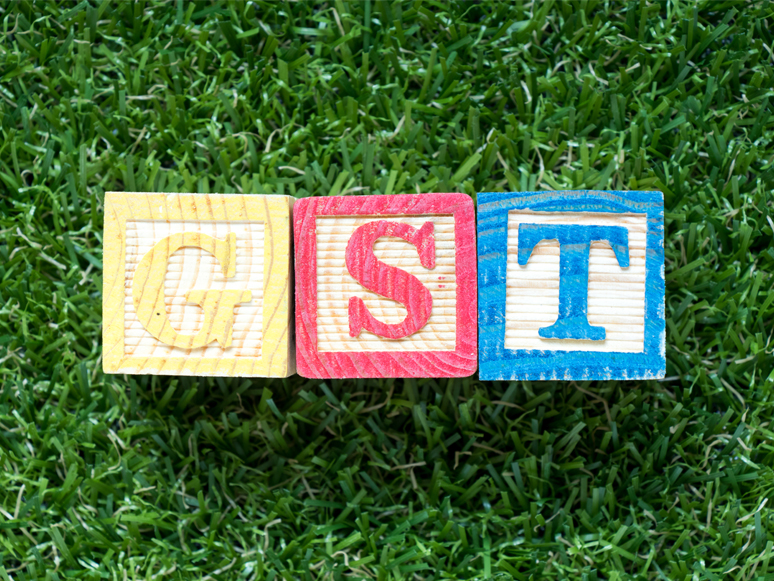logo


01st May, 2022

For many businesses, the line between employees and contractors is becoming increasingly blurred, partly due to the rise of the gig economy. However, businesses should be careful, as incorrectly classifying employees as contractors may be illegal and expose the business to various penalties and charges.
Recently, the High Court handed down a significant decision in a case involving the distinction between employees and contractors. In the case, a labourer had signed an Administrative Services Agreement(ASA) with a labour hire company to work as a “selfemployed contractor” on various construction sites.
The Full Federal Court had initially held that the labourer was an independent contractor after applying a “multifactorial” approach by reference to the terms of the ASA, among other things. The High Court, however, overturned that decision and held that the labourer was an employee of the labour hire company.
The High Court held that the critical question was whether the supposed employee performed work while working in the business of the engaging entity. That is, whether the worker performed their work in the labour hire firm’s business or in an enterprise or business of their own.
As a result of the decision, the ATO has said it will review relevant rulings, including super guarantee rulings on work arranged by intermediaries and who is an employee, as well as income tax rulings in the areas of PAYG withholding and the identification of employer for tax treaties.
14th Apr, 2022

The recent devastating flooding in South East Queensland and parts of New South Wales has left many people homeless, caused vast amounts of property damage and has sadly led to loss of life. While the clean-up effort continues in many areas, there is some immediate financial help available for those affected, including the Disaster Recovery Payment and Disaster Recovery Allowance.
Those who need immediate help can apply for the Australian Government Disaster Recovery Payment. This is one-off financial assistance of $1,000 per eligible adult and $400 for each eligible child aged under 16. This includes Australian resident individuals in various local government areas who have been seriously injured, lost their homes, have had their homes/major assets directly damaged, or those who have lost immediate family members as a direct result of the floods. The payment is also available to eligible New Zealand visa holders (Subclass 444) who have been affected by the floods.
Australian residents and eligible New Zealand visa holders may also be eligible to apply for the Disaster Recovery Allowance. This is a short-term payment for a maximum of 13 weeks. Eligible individuals will need to be 16 years or over, have lost income as a direct result of the storms/floods, and earn less than the average Australian weekly income in the weeks after the income loss.
Flood-impacted small businesses will receive an automatic BAS lodgment deferral – although general interest charge (GIC) may still apply to deferred payments – and can apply for a refund of previously paid PAYG instalments. Any GST refunds will also be “fast-tracked”.
07th Oct, 2021

If the current prolonged lockdowns and economic conditions have prompted you to sell or close your business, it’s important to be aware of the need to cancel the related GST registration within a certain period, unless your business is in a specific industry or performs a specific role.
Cancelling a GST registration will also cancel other registrations such as fuel tax credits, luxury car tax and wine equalisation tax, even if the ABN is not cancelled. If you’re registered for PAYG, PAYG instalments or have FBT obligations, you will need to keep lodging business activity statements (BASs) even if you cancel your GST registration.
While you can usually cancel your GST registration from a date you choose (which should be the last day you want your previous business to be registered), you cannot cancel the registration retrospectively if you were still operating on a GST-registered basis after that date. Similarly, if you choose a cancellation date and then continue to operate on a GST-registered basis, you will not be able to cancel the registration.
When you cancel your business’s GST registration, you’ll need to lodge any outstanding BASs and complete a final GST activity statement which should include all sales, purchases and importations made in the final tax period. This should include the sale of the business, sale of any of business assets, adjustments for any assets held after cancellation, and/or any other adjustments. If you operate on a cash basis, all the sales and purchases that still need to be attributed from a previous tax period must be recorded.
If you’re cancelling a GST registration because the business has been restructured, sold or closed, the associated ABN must also be cancelled. If a company was not restructured, sold or closed, but simply no longer carries on a business, the GST registration must still be cancelled but there’s a choice to keep the ABN registration active.
19th Mar, 2021

With insecure, contract and casual work becoming increasingly common, particularly in the current COVID-19 affected economy, it’s no surprise that many young and not-so-young Australians may have income from more than one job. If you are working two or more jobs casually or have overlapping contract work, you need to be careful to avoid an unexpected end of financial year tax debt.
This type of debt usually arises where a person with more than one job claims the tax-free threshold in relation to multiple employers, resulting in too little tax being withheld overall. To avoid that, you need to look carefully at how much you’ll be making and adjust the pay as you go (PAYG) tax withheld accordingly.
Currently, the tax-free threshold is $18,200, which means that if you’re an Australian resident for tax purposes, the first $18,200 of your yearly income isn’t subject to tax. This works out to roughly $350 a week, $700 a fortnight, or $1,517 per month in pay.
When you start a job, your employer will give you a tax file number declaration form to complete. This will ask whether you want to claim the tax-free threshold on the income you get from this job, to reduce the amount of tax withheld from your pay during the year.
A problem arises, of course, when a person has two or more employers paying them a wage, and they claim the tax-free threshold for multiple employers. The total tax withheld from their wages may then not be enough to cover their tax liability at the end of the income year. This also applies to people who have a regular part-time job and also receive a taxable pension or government allowance.
The ATO recommends that people who have more than one employer/payer at the same time should only claim the tax-free threshold from the employer who usually pays the highest salary or wage. The other payers will then withhold tax from your payments at a higher rate (the “no tax-free threshold” rate).
If the total tax withheld from of your employer payments is more than needed to meet your year-end tax liability, the withheld amounts will be credited to you when your income tax return is lodged, and you’ll get a tax refund. However, if the tax withheld doesn’t cover the tax you need to pay, you’ll have a tax debt and need to make a payment to the ATO.
09th Feb, 2021

With a range of government COVID-19 economic supports such as the JobKeeper and JobSeeker schemes winding down in the next few months, businesses that are seeking to employ additional workers but still need a bit of help can now apply for the JobMaker Hiring Credit Scheme. Unlike the JobKeeper Payment, where the money has to be passed onto your employees, the JobMaker Hiring Credit is a payment that your business gets to keep. Depending on new employees’ ages, eligible businesses may be able to receive payments of up to $200 a week per new employee.
To be eligible for the scheme, you need to satisfy the basic conditions of operating a business in Australia, holding an ABN, and being registered for PAYG withholding. Your business will also need to be up to date with its income tax and GST obligations for two years up to the end of the JobMaker period you claim for, and satisfy conditions for payroll amount and headcount increases. Non-profit organisations and some deductible gift recipients (DGRs) may also be eligible.
Beware, however, that businesses receiving the JobKeeper Payment cannot claim the JobMaker Hiring Credit for the same fortnight.
For example, businesses that wish to claim the payment for the first JobMaker period must not have claimed any JobKeeper payments starting on or after 12 October 2020, and employers currently claiming other wage subsidies – including those related to apprentices, trainees, young people and long-term unemployed people – cannot receive the JobMaker subsidy for the same employee.
If you think your business may be eligible, the next step is to determine whether you are employing eligible additional employees.
Generally, the employee needs to:
Since the aim of JobMaker is to subsidise an increase in the number of employees a business hires – not to reduce the cost of replacing employees – businesses wishing to claim the payment must also demonstrate increases in both in headcount and employee payroll amount.
This is meant to reduce instances of rorting by businesses that might replace existing non-eligible employees with eligible employees. Employers will need to send information such as their baseline headcount and payroll amounts to the ATO for compliance purposes.
01st Dec, 2020

On 10 November 2020, the ATO advised that the recent reduction in the company tax rate had not been applied correctly in its systems from 1 July 2020. The error, which resulted in pay-as-you-go (PAYG) instalments being calculated using the former rate of 27.5% and not the correct 26%, affected companies that are base rate entities with an aggregated turnover of less than $50 million.
The ATO has now corrected the error and will issue a new PAYG instalment letter to affected companies reflecting their correct instalment rate or amount.
The ATO says that all future activity statements will have the correct rate applied.
If you have varied your instalment rate or amount, the variation will continue until the start of the next income year. You can continue to vary your activity statements if your rate or amount does not reflect your current trading situation.
If you have lodged your activity statements and paid an amount based on the incorrect instalment calculation, the ATO will refund the overpaid amount shortly. No further action is needed.
When you lodge: